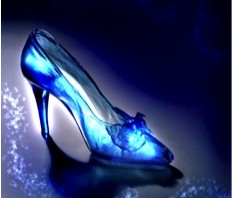Cinderella came out this week: in anticipation of this, there has been a pitched war between the bloggers and movie critics who say it represents a dangerous return to 1950s assumptions about womanhood and female desirability or that it’s a refreshingly straightforward reminder of belief in kindness and achieving impossible dreams. I haven’t seen the movie yet, so …
Continue reading “Fairy Tales: Why the Glass Slipper Fits More than One Foot”

